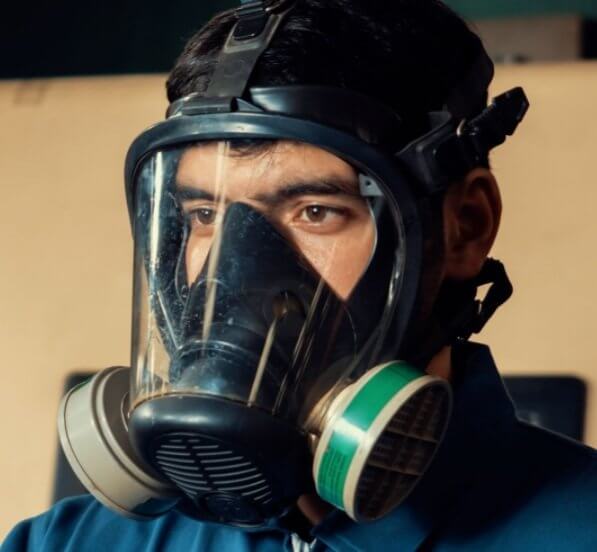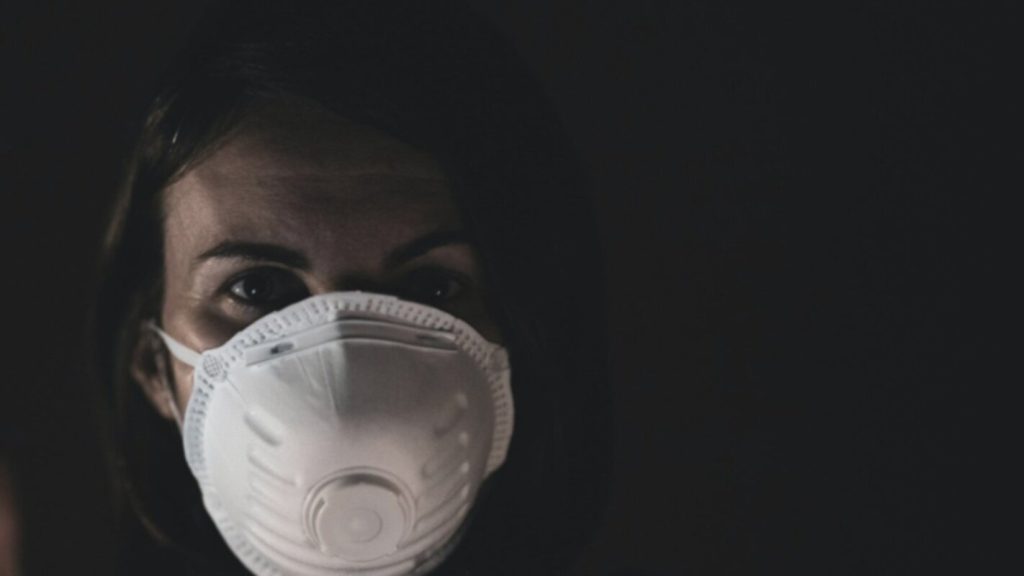
When employees are required to use respiratory protection, OSHA 29 CFR 1910.134 requires employers to implement a comprehensive and effective Respiratory Protection Program (RPP). Vest receives questions on a regular basis regarding RPP requirements. Below, you will find a helpful guide to ensure your business meets the OSHA requirements for a Respiratory Protection Program.
What are the basic components of a Respiratory Protection Program (RPP)?
If you require employees to be exposed to harmful airborne contaminants that cannot be controlled and you require employees to use respirators, you must implement a written RPP documenting how employees are protected from hazards.
The list below includes the minimum elements of an RPP:
a. Selection of proper respirators for potential exposures
b. Procedures for respirator medical evaluations
c. Respirator Fit Testing of tight-fitting respirators
d. Respirator training for routine and emergency situations
e. Procedures for ensuring adequate air quality, quantity, and flow for the atmosphere supplying respirators
f. Environmental hazards and exposure training
g. Training on respirator use, care, and maintenance
h. Regular evaluation of the effectiveness of the RPP
The RPP must be administered by a program administrator with knowledge of the OSHA requirements and practices necessary to protect workers.
What types of hazards may require use of respiratory protection?
a. Dusts (silica, cadmium, cotton, asbestos, coal)
b. Fumes (hexavalent chromium, zinc, nickel, manganese, cobalt)
c. Gases/Vapors (ammonia, carbon monoxide, hydrogen sulfide, isocyanates, acetone)
d. Airborne Pathogens (COVID, tuberculosis, influenza, smallpox)
e. Oxygen deficient or enriched atmospheres
f. Any other atmospheric hazard which is immediately dangerous to the life and health (IDLH) of the employee
What is the process for determining employee exposure to harmful airborne contaminants?
Step 1: Determine if employees will be exposed to any of the hazards listed above.
Step 2: Complete a job hazard analysis to determine if controls are available which can eliminate or reduce employee exposure below the permissible exposure limit (PEL). This analysis may include engineering and work practice controls.
Step 3: Determine the PEL from the Safety Data Sheet (SDS) of any chemicals.
Step 4: Complete industrial hygiene sampling to determine if employee exposure is above the PEL. If exposure is above the PEL, an appropriate respirator must be selected for employee protection.
How do I select a respirator for employees?
An appropriate respirator must be selected based on the hazard to which the employee is exposed. Once the hazard is identified and exposure levels determined, a NIOSH-certified respirator with an adequate filter or cartridge must be selected.
Respirators can be broken down in to two types:
a. Air Purifying Respirators purify the air inhaled by the employee by passing the air through an air purifying element such as a filter, cartridge, or canister. These elements can be specific to certain air contaminants.
For example, an employee sand blasts large metal parts. The process generates large amounts of dust and the employee is exposed to airborne crystalline silica (dust or particulate hazard) which cannot be controlled below the PEL of 50 μg/m3. The employer must select a respirator with a particulate filter. In this situation, other filter types (such as a filter specifically designed for ammonia gas) would not adequately protect the employee.
b. Atmosphere Supplying Respirators provide the user with a completely independent air supply.
If an atmosphere is Immediately Dangerous to Life and Health (IDLH), then an Atmosphere Supplying respirator must be provided. This includes either a Supplied Air Respirator (SAR) or a self-contained breathing apparatus (SCBA).
For example, an employee must enter a tank at a manufacturing facility to perform a cleaning operation. The tank atmosphere can not be evacuated, and the concentration of chemical vapors exceeds the filtration abilities of a cartridge-based air-purifying respirator. Therefore, an atmosphere-supplying respirator must be provided to the employee.
How do I ensure employees will be protected when using a respirator?
- To medically qualify employees who are required to use respirators, OSHA requires a Physician or Licensed Healthcare Provider (PLHCP) to review a completed respirator Medical Evaluation Questionnaire (MEQ).
- Any employee who wears a tight-fitting respirator must be Fit Tested to ensure the respirator fits properly and provides adequate protection.
- Respirator Fit Testing and training must be completed at least annually.
- For more information regarding the requirements, please see our article on respirator fit testing.
What are the training requirements for a Respiratory Protection Program?
- Information about the hazards to which employees are exposed.
- How to properly use respirators in routine and emergency situations.
- How to properly use the specific respirator to which they are assigned.
- How to clean, disinfect, store, inspect, repair, discord, and generally maintain the respirator to which they are assigned.
- If Applicable: How to ensure adequate air quality, quantity, and flow of breathing for the atmosphere supplying respirators
- Employees must be provided training at least annually.
How often does a Respiratory Protection Program have to be reviewed and updated?
The RPP must be reviewed and updated at least annually.
Is voluntary respirator use allowed?
Yes, but the voluntary usage of respirators may not preclude the employer from requiring a written RPP. Please see our article for additional information on the voluntary usage of respirators.
To determine if employees have occupational exposure to airborne contaminants or hazardous atmospheres, it is important to conduct a job hazard analysis of all tasks. If an occupational exposure is identified that requires the use of respiratory protection, a written Respiratory Protection Plan must be created and managed by a competent employee who has an understanding of the requirements of the RPP, including a selection of adequate respirators, medical evaluation, and fit testing, annual training, and annual review of the program.
Additional Resources: OSHA has put together additional training videos for respiratory protection usage, which can be found on the OSHA website following the links below.


